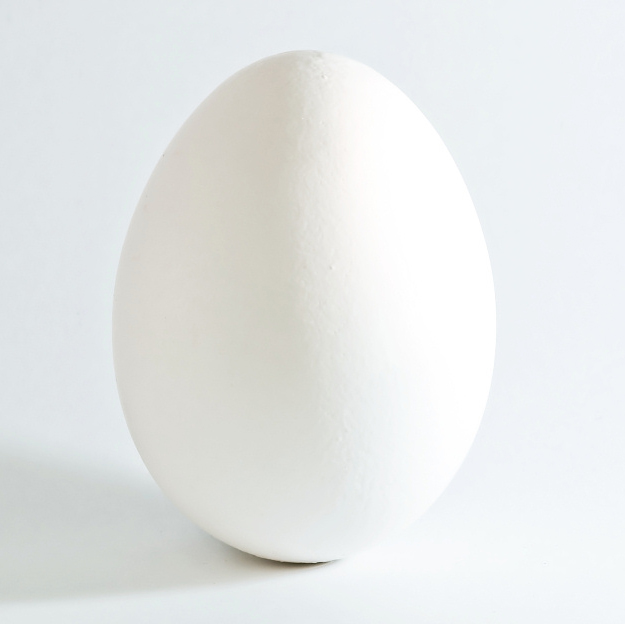Making Monday
The second Law of Understanding is that Beauty is the Object of True Making.
To modern ad-saturated ears, the idea of beauty triggers instant associations with fashion and cosmetics. There is, however, an older sense of the idea of beauty--the one philosophers invoke when they used the term--as a aspect of things in the real world to which our senses respond. Part of the pleasure of a sunset, for example, is the way the spectrum painted on the clouds lights up so many retinal neurons.
The beauty that both inspires makers and is the object of their efforts is similar, but deeper. Not because makers enjoy any innate superiority but because of a deeper appreciation born of a study of structure and process. Or, put more simply, because they have some sense of the effort behind effortless beauty.
I can't provide an exhaustive enumeration of all the aspects of the maker ideal of beauty, but consider the following:
Integrity - One dimension of beauty is to be whole, or complete. Another is lack of guile. (Yes, things can have guile: consider something shoddily made that falls apart after a few uses.)
Form follows Function - The pedantic among you may argue that form is a subset of integrity. That may be so, but I wanted to highlight the particular beauty of a thing that is what it appears to be; of form stripped of the superfluous and embodying only that which is necessary. To abstract? Then think of an egg.
Elegance - Scientists and mathematicians judge theories not only by their ability to predict correct results but also by their simplicity. If two theories predict the same results, they prefer the simpler of the two and call it elegant.
A job well done - A process can be as beautiful as a thing. Take, for example, a waterfall: in essence it is nothing more than the process of water shedding potential energy, but the process takes place in a way that stirs our senses and speaks to us on many levels.
If you try to think as a maker, where do you find structural or dynamic beauty?
Image: Bill Longshaw / FreeDigitalPhotos.net


No comments:
Post a Comment
Note: Only a member of this blog may post a comment.